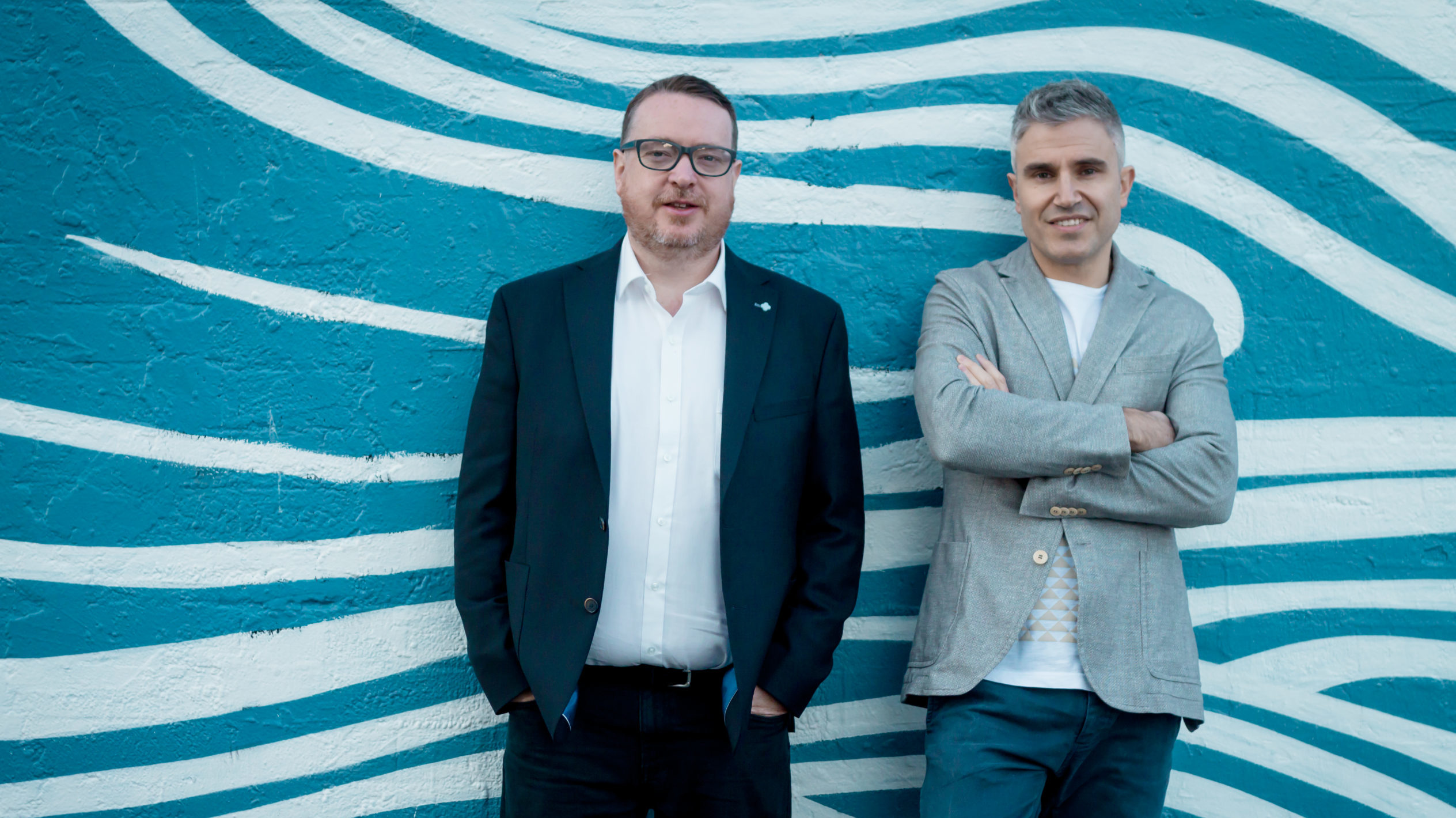Making a meal of hospitality tech and how it serves brand opportunities for marketers
Accelerated by the pandemic, food hospitality is one industry that has leveraged technologies such as QR code ordering to do business in a more sanitised way. But for marketers, these tools contain valuable behavioural data that make them too good to ignore. Mumbrella explores what brand opportunities these technologies have to offer for restaurants and suppliers to advertise in a targeted way.
While the pandemic has changed the trajectories of many industries, few have experienced a reshuffle as notable as food hospitality. After lockdowns, supply chain cut-offs, and staff shortages – just to name a few of the problems – goods and services in the sector are currently delivered in ways that are more efficient, more sanitised and, importantly, more tech-driven.
However, hospitality technologies that enabled this progress, such as QR-code ordering and delivery services, are not just empty vessels. Apart from their instrumental values, these innovations also contain brand opportunities for restaurants and suppliers to market themselves in a targeted way.
More than a QR code
One tech company that benefited from new approaches to dining post-pandemic is HungryHungry, a front-of-house QR code ordering system, whose consumers have come to know better in the past few years. The company raised $2 million in 2020 during the peak of COVID, and is the second venture for its founders, Mark Calabro and Shannon Hautot, who previously ran a point-of-sale (POS) company called OrderMate.

L-R: Shannon Hautot and Mark Calabro

